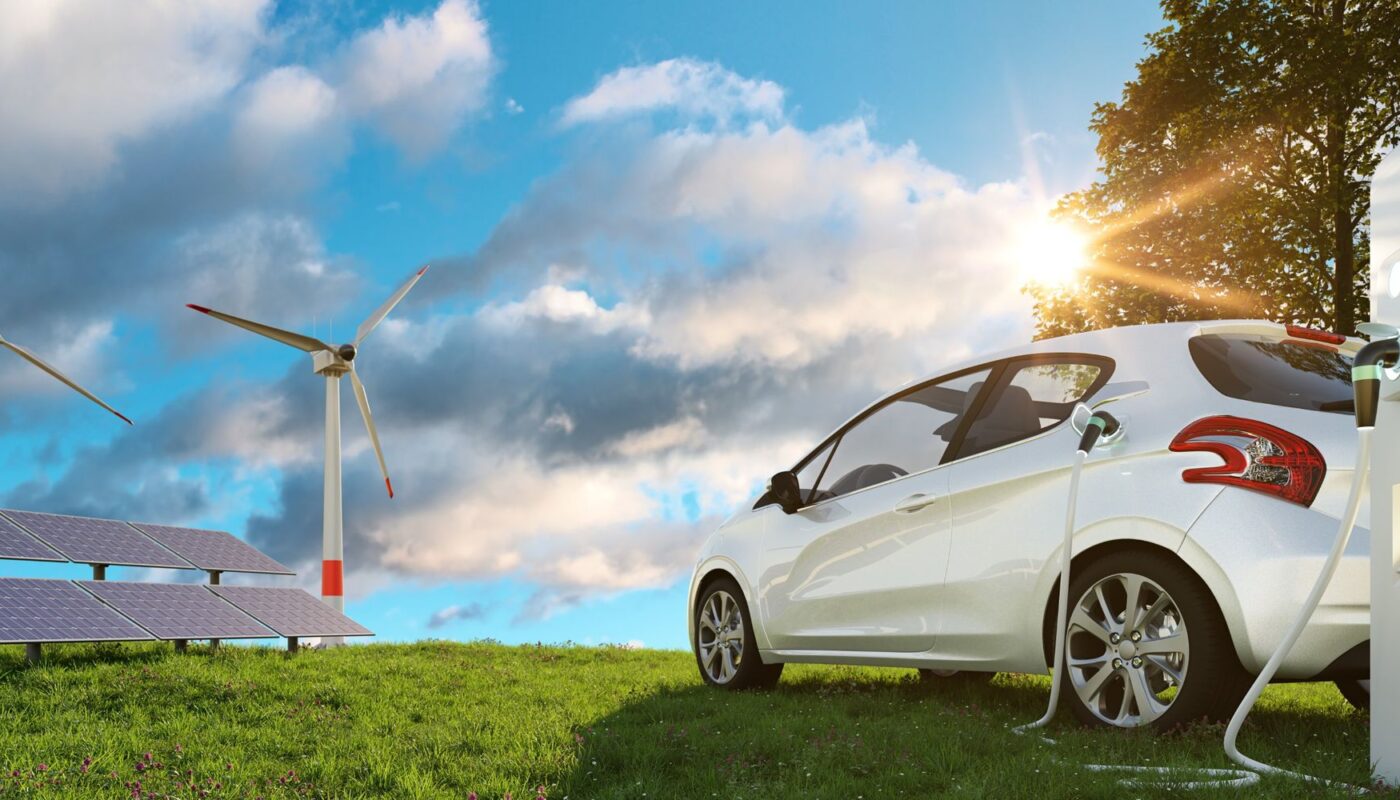The Rise of Connected and Autonomous Vehicles
As technology rapidly advances, the automotive industry is moving towards connected and autonomous vehicles. While fully self-driving cars may still be years away from mass adoption, assisted driving features are becoming increasingly common in new vehicles. Many new cars now come equipped with advanced driver assistance systems like adaptive cruise control, lane keeping assist, automatic emergency braking, and blind spot monitoring. These systems use technologies like radar, cameras, ultrasonic sensors, and GPS to gather information about the vehicle’s surroundings and assist or take control of basic driving functions.
The popularity of these semi-autonomous systems is laying the groundwork for fully autonomous vehicles in the future. Automakers are investing heavily in research and development to continue improving these technologies and pushing the limits of vehicle autonomy. Several companies have expressed confidence that fully self-driving cars capable of handling all normal driving tasks will hit the roads within the next 5-10 years, at least in limited operational designs. As the sensors, software and computing power required for full autonomy become cheaper and more reliable, widespread adoption could follow shortly after.
The Rise of Mobility as a Service
Along with advancing vehicle technologies, new Smart Mobility services are changing how people and goods move around. Ride-hailing services like Uber and Lyft have disrupted the traditional taxi industry by providing app-based transportation on demand. Car sharing platforms like Zipcar allow users to rent vehicles for short periods of time as needed rather than ownership. Micromobility options like shared bikes and electric scooters provide alternative first and last mile connections to public transit.
These new mobility services are complemented by mobility platforms that integrate multiple options into a single interface. Users can plan, book and pay for multi-modal trips mixing public transit, ride-hailing, car sharing, bikes and scooters all through a single app. As autonomous vehicle networks develop, they too will likely be incorporated into these platforms. The shift towards Mobility as a Service represents a transition away from personal vehicle ownership towards on-demand access to various shared and public transportation modes.
Managing Congestion and Curb Space
As urban populations grow and personal vehicle ownership rates remain high in many cities, congestion is a persistent challenge. Traffic jams waste people’s time and exact heavy economic costs in lost productivity. They also contribute significantly to air pollution and greenhouse gas emissions. While technologies like connected and autonomous vehicles may help optimize traffic flow to some degree, they also risk inducing more travel demand if individuals perceive private AVs as cheaper and more convenient than public transit.
To combat congestion, cities must find ways to better manage road and curb space. Strategies like congestion pricing for specific road usage, reducing minimum parking requirements for new developments, converting car lanes to bus and bike lanes, and imposing restrictions on commercial deliveries during peak times can all help encourage more space-efficient modes of transport. Emerging mobility services may also play a role by pooling passengers and promoting shared rides over single-occupant private vehicles. However, cities must ensure equitable access to affordable mobility options for all residents with these policies and avoid disproportionately impacting lower-income communities. Finding the right balance will be an ongoing challenge as new mobility technologies and urban transportation systems continue to evolve.
Integrating Mobility Data Across Systems
For smart mobility to fulfill its promise of improved transportation efficiency, connectivity and user experience, comprehensive data integration will be vital. Individual service providers have access to valuable trip and usage information, but mobility systems function best when data can be shared across different operators, transit agencies and government entities with appropriate privacy and security safeguards.
For example, integrating public transit schedules, availability of shared bikes or scooters nearby, real-time traffic conditions and ride-hailing wait times allows multi-modal trip planning platforms to recommend optimal travel routes factoring in all options. Mobility data can also benefit city planners seeking to address issues like transit deserts, first/last mile challenges and areas of chronic congestion. Traffic signal timing, roadway capacity analysis and infrastructure investment decisions necessarily involve aggregating data from both public and private sector mobility systems. While proprietary concerns and varying incentives complicate open data exchange, the benefits of integrated data for improving overall transportation network performance provide strong motivation for cooperation between stakeholders. As data standards and protocols evolve through pilot projects, comprehensive mobility data integration will become increasingly possible.
Smart mobility promises more efficient, sustainable and equitable transportation solutions through innovations in vehicle technology, new shared services and integrated data systems. While challenges remain in ensuring widespread adoption and managing the interaction of new technologies within existing infrastructure, cities and mobility providers have strong incentives to work together on research, standards development and demonstration projects. Progressing steadily towards the vision of seamless, multi-modal mobility access will depend on continued advances across these different but complementary sectors. With the right strategies and cooperation between both public and private sector stakeholders, smart mobility has great potential to positively transform transportation systems in cities around the world.
*Note:
1. Source: Coherent Market Insights, Public sources, Desk research
2. We have leveraged AI tools to mine information and compile it.



